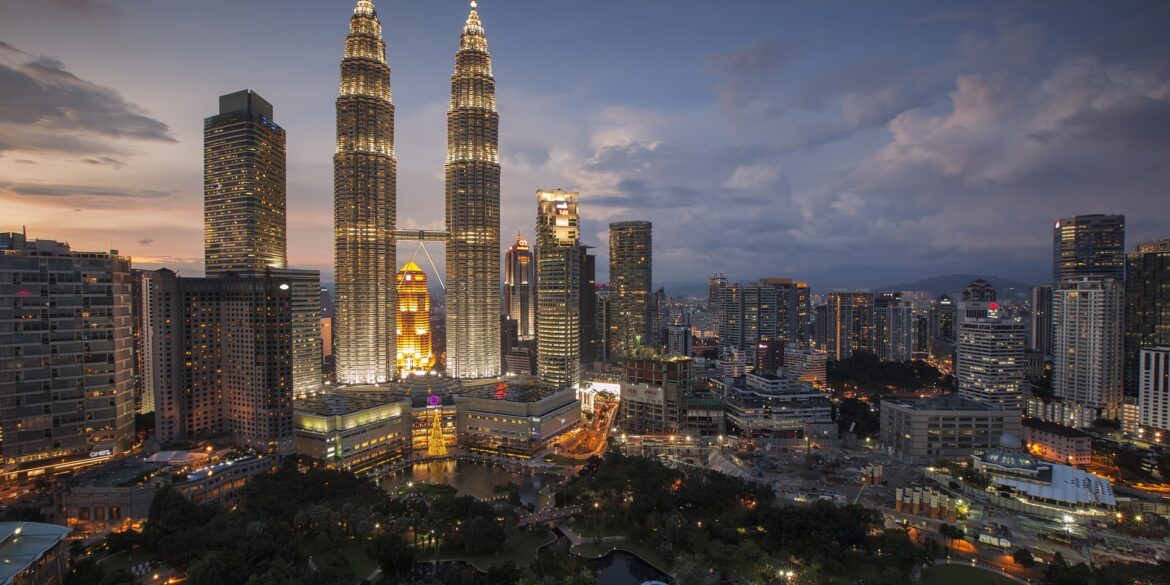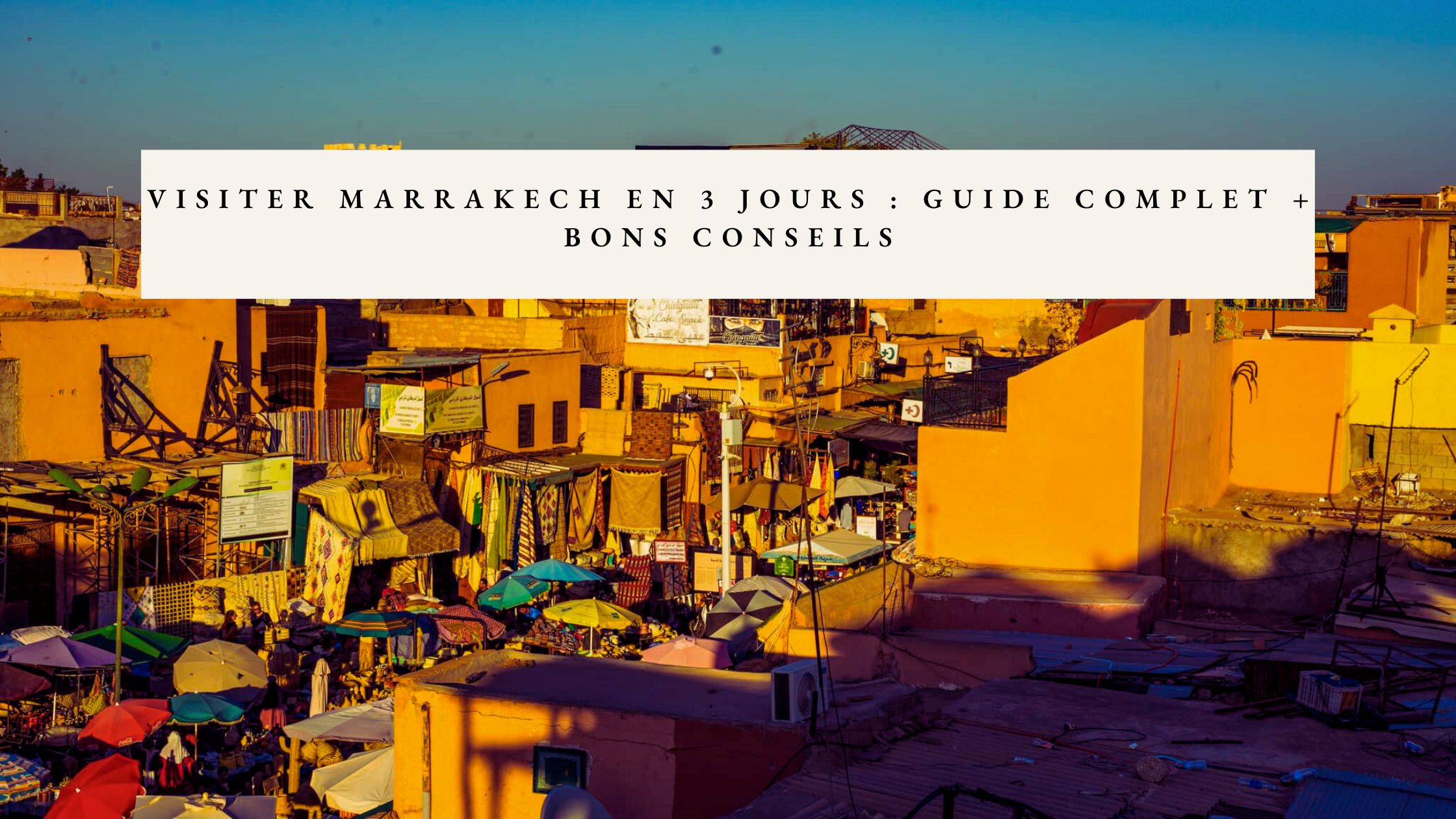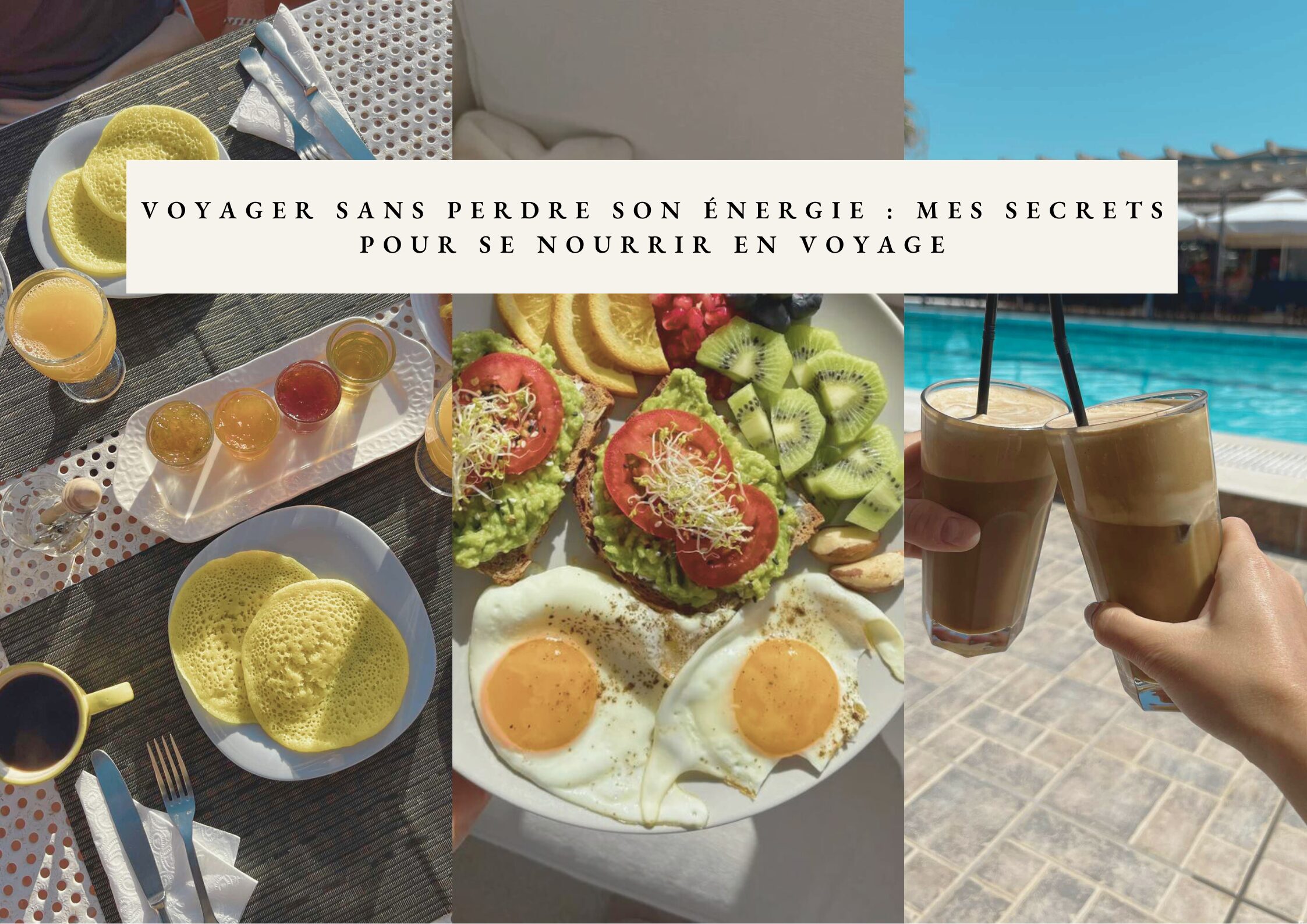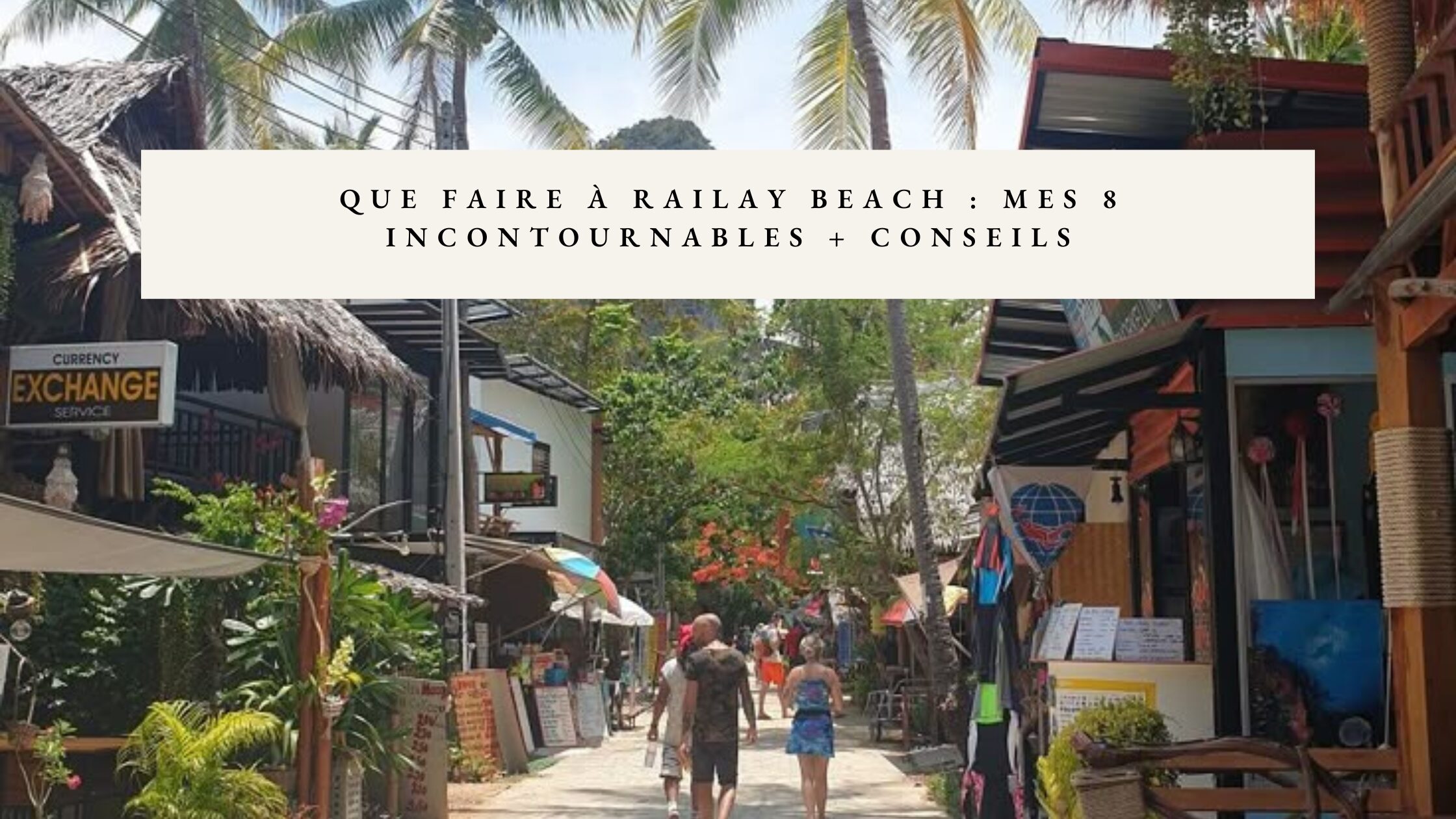Here you’ll find my 10 days in Malaysia itinerary, as well as a series of ideas for places to visit during your trip to Malaysia. You’ll also find a practical guide to learning more about the country.
Introduction
In this 10 days in Malaysia itinerary, you’ll discover big cities dominated by huge skyscrapers to smaller historic towns covered in street art, and you’ll discover a few white-sand beaches. If that’s the way you want to spend your 10 days in Malaysia, you’ve come to the right place!
Traveling around Malaysia
Tip: Download the 12go application. The 12go company is an electronic ticketing platform for medium- and long-haul travel, covering all possible routing options (ferry, bus, train, flight, private transfer, and minibus).
We’ve booked a lot of transport via this site and have been very satisfied with the service! The customer service team reacts quickly if you ever have a problem with one of the transport companies.
Our 10 days Malaysia itinerary

Kuala Lumpur (3 days)
Travel time: 4 hours by bus
Cameron Highlands (2 days)
Travel time: 2 hours by bus
Ipoh (2 days)
Travel time: 4 hours by bus + ferry
Georgetown (4 days)
Travel time: 10 hours by bus + ferry
Langkawi (3 days)
–> Departure to Thailand (Koh Lipe Island)
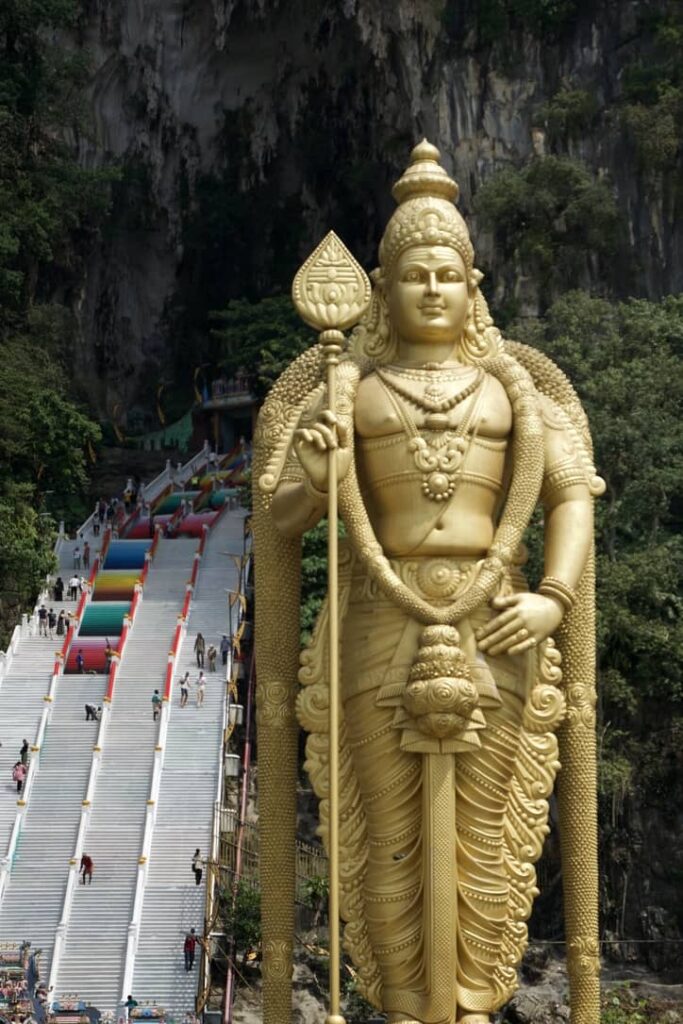
Step1: Kuala Lumpur
It’s in Kuala Lumpur, that we began our 10 days itinerary in Malaysia. Malaysia’s capital is a bustling metropolis with a mix of old-world and new-world charm. We loved the variety of food in the capital and the general atmosphere and there’s lots to see and do in Kuala Lumpur.
7 things to do:
- Admire The Magnificent Sultan Abdul Samad And Merdeka Square
- Petaling Street and Kwai Chai Hong in China Town
- Take a 15-minute Grab and Visit Kuala Lumpur’s Thean Hou Temple (free).
- Walk In KLCC Park And Admire The Petronas Towers.
- Bukit Bintang District. In the Bukit Bintang district, you’ll find Jalan Alor street, famous for its street food.
- Visit the Batu Caves (free).
If you’re wondering where to stay in Kuala Lumpur, I recommend Bukit Bintang or KLCC district. The advantage of these 2 districts is that you can explore the city largely on foot and by public transport.
Where to eat?
- LOT 10 hutong shopping center, for delicious Chinese cuisine at low prices.
- Sri Nirwana Maju Restaurant in little India.

Step 2: Cameron Highlands
If you want fresh mountain air and lush landscapes, head to the Cameron Highlands. This region is home to tea plantations, waterfalls, and endless hiking trails.
We stayed in Tanah Rata at the Bricks Backpackers Hostel for €15/night in a private room with a shared bathroom.
What to do In Cameron Highlands?
- Visit the Tea Plantations of BOH. On Mondays, BOH is closed. You might consider visiting the Bharat tea plantation, which is open at this time.
- A visit to Mossy Forest, a beautiful stretch of forest along the road leading to the summit of Mount Brinchang. Mount Batu Brinchang is the highest mountain in the Cameron Highlands.
- All these activities can be done with a guided tour. You can book it via your hostel for about 50RM per person.
- You can also explore these places by renting a scooter.
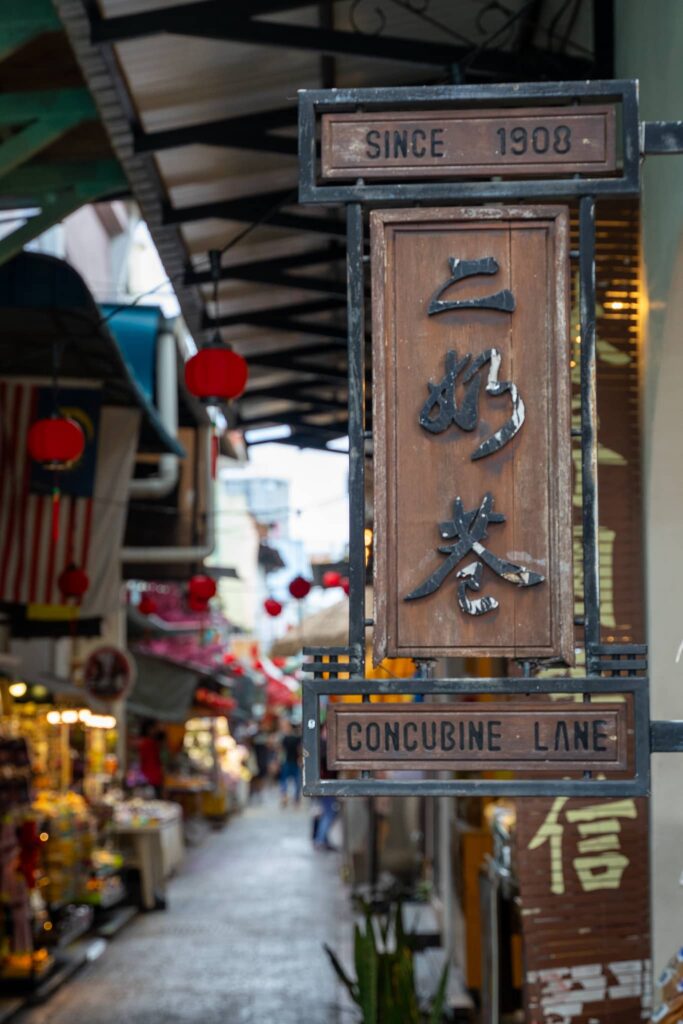
Step 3 : Ipoh
Ipoh is the capital of the state of Perak and one of Malaysia’s largest cities.
The large city of Ipoh lies close to the Cameron Highlands and is therefore the third stop on our trip to Malaysia. Tourists often overlook this city, but it is booming and boasts several remarkable attractions. The city of Ipoh focuses on food, architecture, culture, and street art.
We stayed at the Grayhaus SOHO Ipoh and paid €17 a night for a private room with a private bathroom.
Things to do In Ipoh
- Walk in the Ipoh Heritage Trail. In the New Town, Mural Art’s Lane is where you’ll find the city’s contemporary street murals.
- Explore Ipoh’s cave temples. The Sam Poh Tong Chinese Temple is the region’s oldest and most important cave temple. Admission is free.
- Stroll down Concubine Lane.
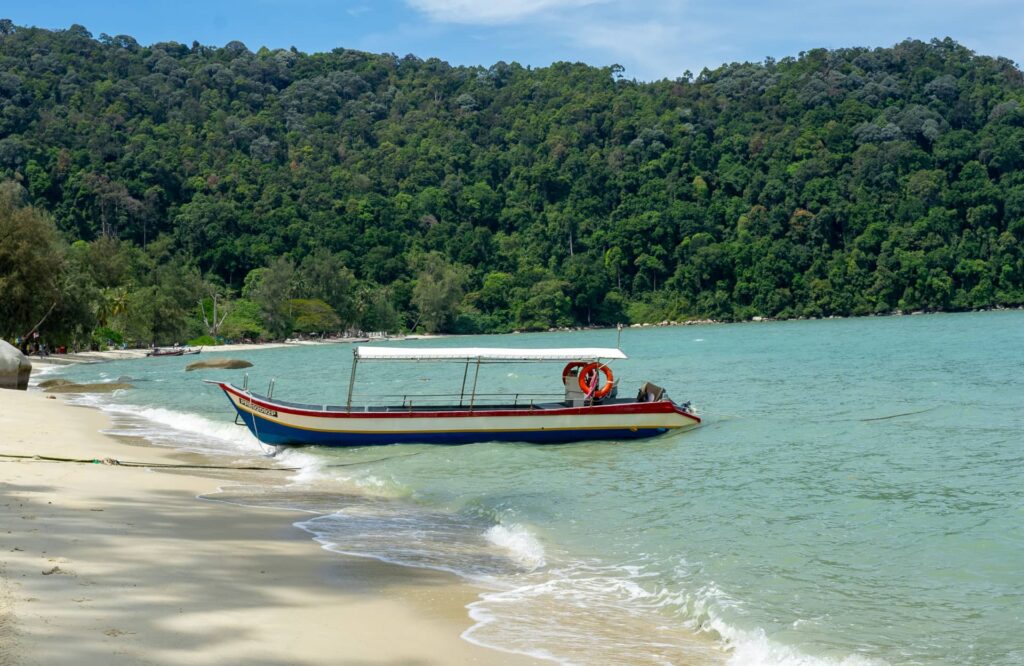
Step 4 : Penang (Georgetown)
The Penang region, whose city of Georgetown lies off the coast of Malaysia, is renowned for its gastronomic culture and magnificent beaches. Georgetown is also home to beautiful colonial architecture.
We stayed at the Attic hotel.
Things to do in Georgetown
- Marvel At All The Georgetown Street Art.
- Walk Near Armenian Street.
- Visit Chew Jetty Clans.
- Visit Penang National Park. Entrance to Penang Parc is subject to a fee (RM50). Monkey Beach and Turtle Beach are both beautiful tropical beaches located in the Penang National Park.
- Visit Kek Lok Si Buddhist Temple.
- Head to Chulia Street for delicious street food.

Step: Langkawi
Langkawi is an archipelago off the northwest coast of Malaysia. It is famous for its white sandy beaches, crystal-clear waters, and jungle trails. It’s also a tax-free zone.
- Visit Pantai Cenang Island’s Most Beautiful Beaches: Central, But Very Popular, Pantai Tengah: Central, But Pleasant And Quiet, Pantai Kok: Quiet Beaches to the West, Tanjung Rhu: Langkawi’s Most Beautiful Beaches.
- Ride the Skybridge in the World’s Steepest Cable Car!
- Discover Langkawi by Scooter.
- Discover Seven Water Falls (Telega Tujuh).
Our accommodation, Cenang Room Rahsia Motel, costs us €25 per night.
Places to eat In Langkawi
- Bella restaurant (open mornings and lunches only)
- Warung de Cenang – Malaysian restaurant
Practical guide: visiting Malaysia
- Where is Malaysia? Situated between Singapore and Thailand, Malaysia is a rather pleasant stopover, whether you’re backpacking through Southeast Asia or taking a well-deserved relaxing vacation.
- Documentation: Passports must be valid for 6 months after the date of return. We recommend that you take out travel insurance to cover medical expenses and repatriation.
- Health: No vaccinations are required, but some may be recommended.
- Electricity: Type G plugs, as in England.
- Money in Malaysia: The currency is the ringgit or Malaysian dollar. Most credit cards are accepted.
- International airport: KLIA, Kuala Lumpur, and KLIA2 are the « low-cost » airports, with Air Asia the most present airline (more info below).
- Population in Malaysia: Malays are the main ethnic group (65%), but there are also people of Chinese (26%), Indian (7.7%), and indigenous (Orang Asli, Buji, Javanese, Boyanese, etc.) origin. Almost 85% of the population lives on the peninsula.
- Language: The official language is Malay, but English is widely spoken. Chinese, Tamil, and certain dialects are spoken by some of the population.
- Religion: Malaysia is a multi-ethnic nation with mosques, churches, Buddhist, Taoist, Hindu and Sikh temples. More than half the population (60.4%) is Muslim, but there are also 19.2% Buddhists, 9% Christians and 6.3% Hindus.
- Cuisine in Malaysia: Here’s a taste of what you’ll be able to enjoy on your Malaysian vacation: Satay, Nasi goreng, Mee goreng, Nasi lemak.
- Transport: In Malaysia, you drive on the left. To rent a car, you must be at least 21 years old and hold an international driver’s license in addition to your own.
- Sim card: Stay connected by buying a Malaysian SIM card, which you can easily purchase at the airport. I opted for the CELCOM operator.
Useful vocabulary with words and expressions commonly used in Malaysia
Getting to know Malaysians
- Hello: Selamat pagi
- How are you ? : Apa khabar?
- Good: Baik
- Hello (evening) : Selamat tengah hari
- Bye : Selamat tinggal
- What’s your name? : Apakah nama anda?
- My name is : Nama saya
Interact with them
- Can you help me? : Bolehkah anda tolong saya ?
- How can I get there? : Bagaimana hendak ke san ?
- How much does it cost? : Berapa harganya?
- Qu’est-ce que c’est ? : Apa ini / itu ?
- At what time? : Pukul berapa ?
- When? : Bila ?
- Where? : Di mana?
- Why?: Kenapa?
- I’m sorry : Saya minta maaf
- Yes: Ya
- No: Tidak
- Thank you : Terima kasih
- You’re welcme : Sama-sama
- I don’t understand: Saya tidak faham
A few more words
- Bus : bas
- Train : keretapi
- Boat : kapal
- Left : kiri
- Right : kanan
- Beef : daging
- Fried rice : nasi goreng
- Chicken : ayam
- Coffee : kopi
- Tea : teh
- Sugar : gula
How do I get from the airport to the city center?
KLIA is Kuala Lumpur’s « main » international airport, where long-haul flights land (Air France, Qatar, Emirates, etc.), while KLIA2 is more of a « low-cost » airport, with the most popular airline Air Asia.
IMPORTANT: These 2 airports are not exactly in the same places, so it’s important to pay close attention to what’s written on your ticket. The two airports are 3 minutes apart by shuttle bus, so the tips below apply to KLIA and KLIA2.
Here are 3 ways to get to downtown Kuala Lumpur:
- The cheapest: Airport Coach, the KLIA airport shuttle service
- Fastest: KLIA Ekspres and KLIA Transit trains
- The Grab app (Asian Uber)
Airport Coach, the KLIA airport shuttle service
The Airport Coach is an easy and affordable way to transfer between Kuala Lumpur airport and the city center. This Kuala Lumpur airport shuttle will take you to the city center in around an hour. Departures take place every 30 minutes from the KLIA bus station, located on the first level of the airport. You can reach it in just 3 minutes from the arrivals hall.
- Duration: approx. 1 hour
- Fare: RM10 (approx. €2)
- Times: Every 30 minutes, between 6 a.m. and 0.30 a.m.
KLIA Ekspres and KLIA Transit trains
For transfers between Kuala Lumpur Airport and downtown Kuala Lumpur, you’ll need to get off at KLIA ERL station. You will then board the KLIA Ekspres or KLIA Transit express trains. These trains will take you directly to KL Sentral, the city’s main transport station.
- Duration: approx. 30 minutes
- Fares: RM55 (approx. €12)
- Timetable: every 15-20 minutes, from 4.55 a.m. to 1 a.m.
The Grab application
Downloading the Grab app is the easiest way to get from one place to another for a reasonable price. It’s always available, and it’s private.
I hope that this 10 days in Malaysia itinerary helped you preparing your next trip! If you have any questions, I will be happy to answer them on Instagram or here.

